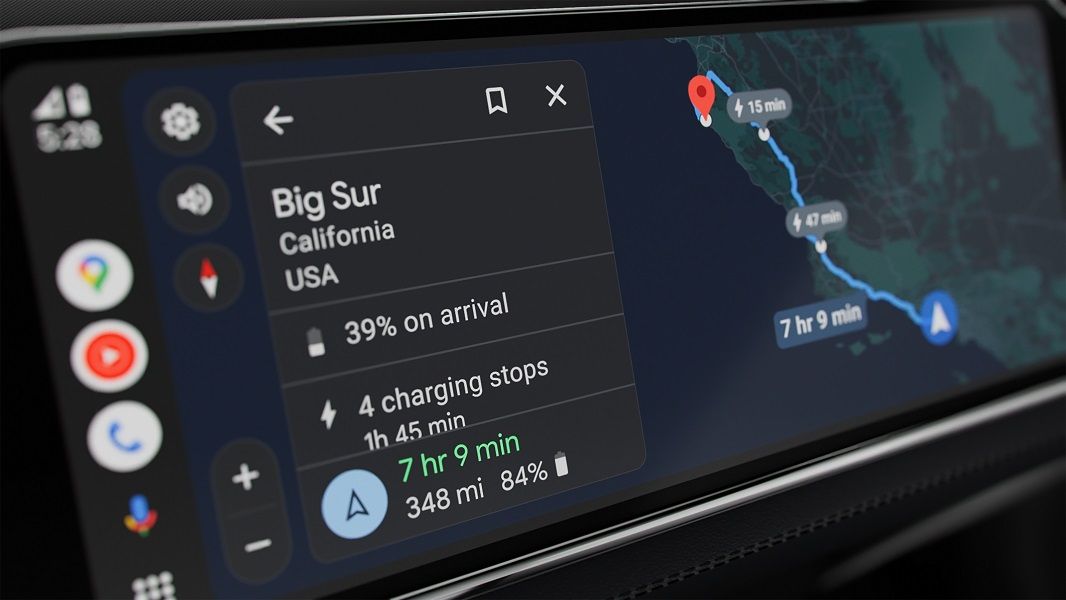What you need to know
- Google Maps made changes to its incident reporting options, renaming “speed traps” to a more general “police.”
- Now, the incident reporting options list has been reshuffled, placing “police” near the top.
- “Police” appears right under “crash” and “slowdown,” while less-important options, like “construction,” have been moved lower.
Google is making a few quality-of-life changes that should make incident reporting a lot easier in Google Maps. They started earlier this week by renaming the “speed trap” option in Maps with a more general “police” button, which covers a more wide variety of police activity you can see on the roadways. However, the police button was still too low on the list of incident reporting options, requiring drivers to scroll down on their screens while driving in order to report police activity.
Now, as 9to5Google reports, an update to Google Maps on Android Auto shakes up the list of incident reporting options. The most crucial options, “crash” and “slowdown,” are still at the very top. However, the refreshed “police” option is now directly underneath those two buttons. Other options, like “construction,” are moved lower down.
A big reason why people use navigation apps like Google Maps, Waze, and Apple Maps is to be in-the-know on things that happen on the road. These incident reports help drivers know when to expect a crash ahead or a slowdown, press the brakes to avoid a ticket, or drive safer in a construction zone. But if it submitting an incident report in Google Maps on Android Auto requires drivers to take their eyes off the road to scroll through a list of options, this functionality can create new problems.
Speed traps appear to be one of the most common types of incident reports on navigation apps, at least anecdotally. This change won’t solve Google Maps’ problems on every screen — Android Auto displays vary in sizes and aspect ratios — but it should make it easier for most people to report policy activity in the app.
9to5Google notes that this change looks to be part of a server-side update that doesn’t require Google Maps or Android Auto to be updated. The change may also apply to the Google Maps app on Apple CarPlay.

